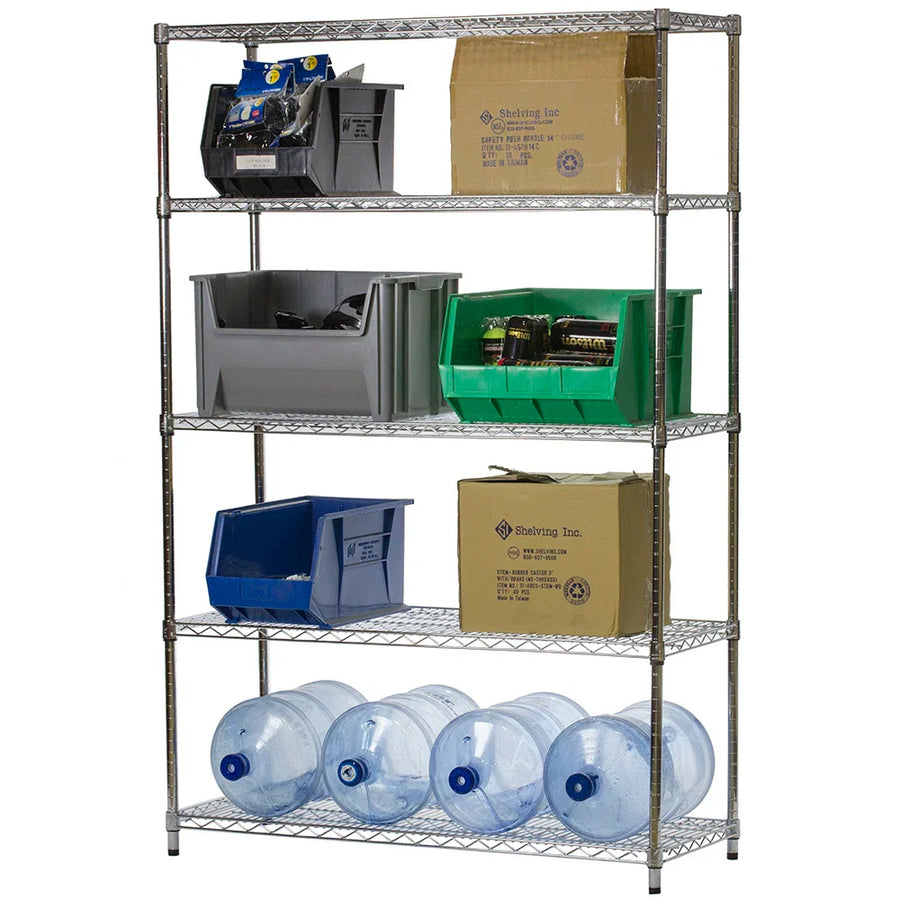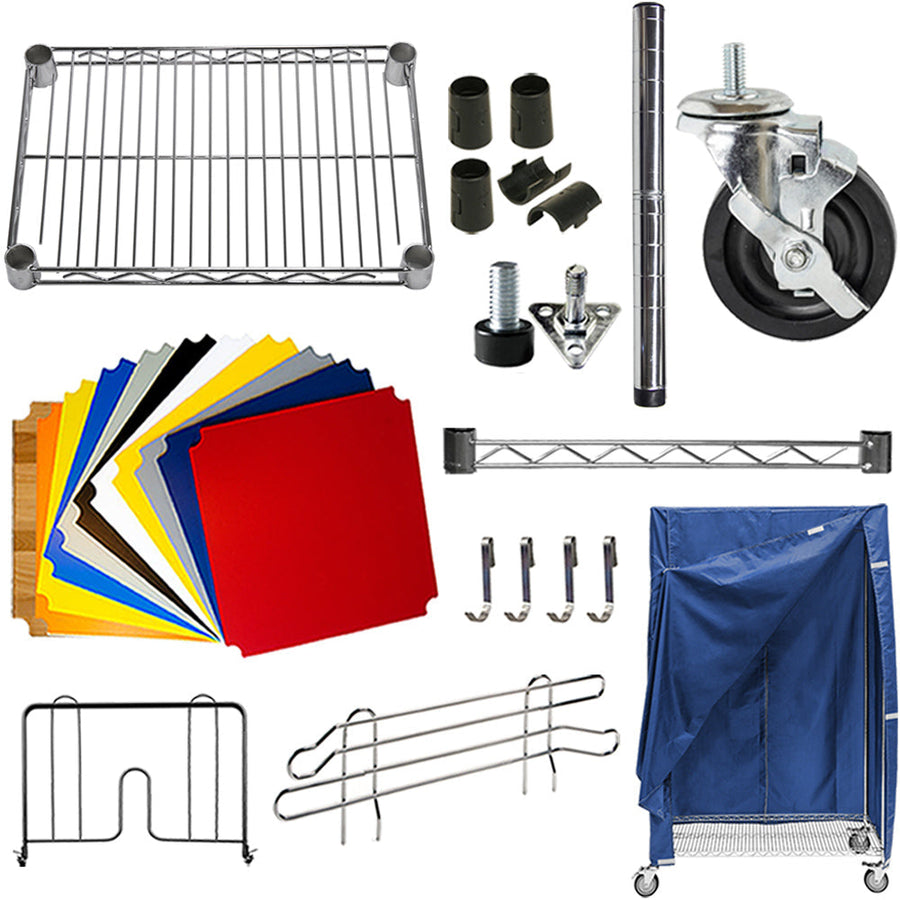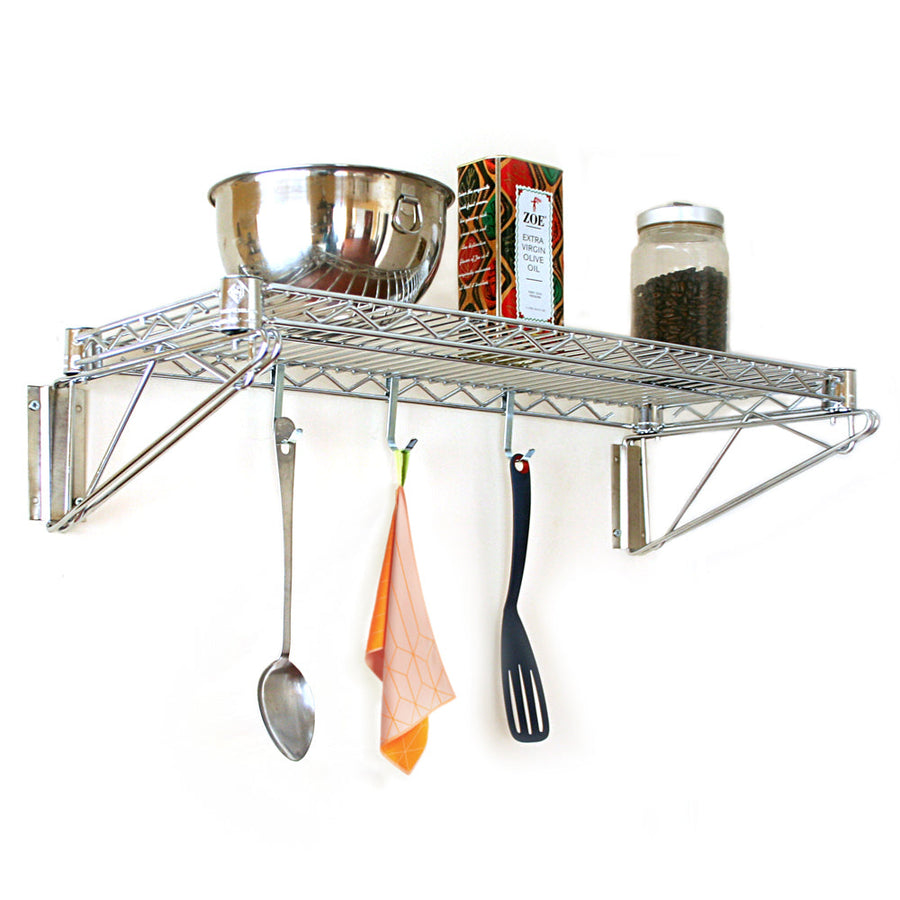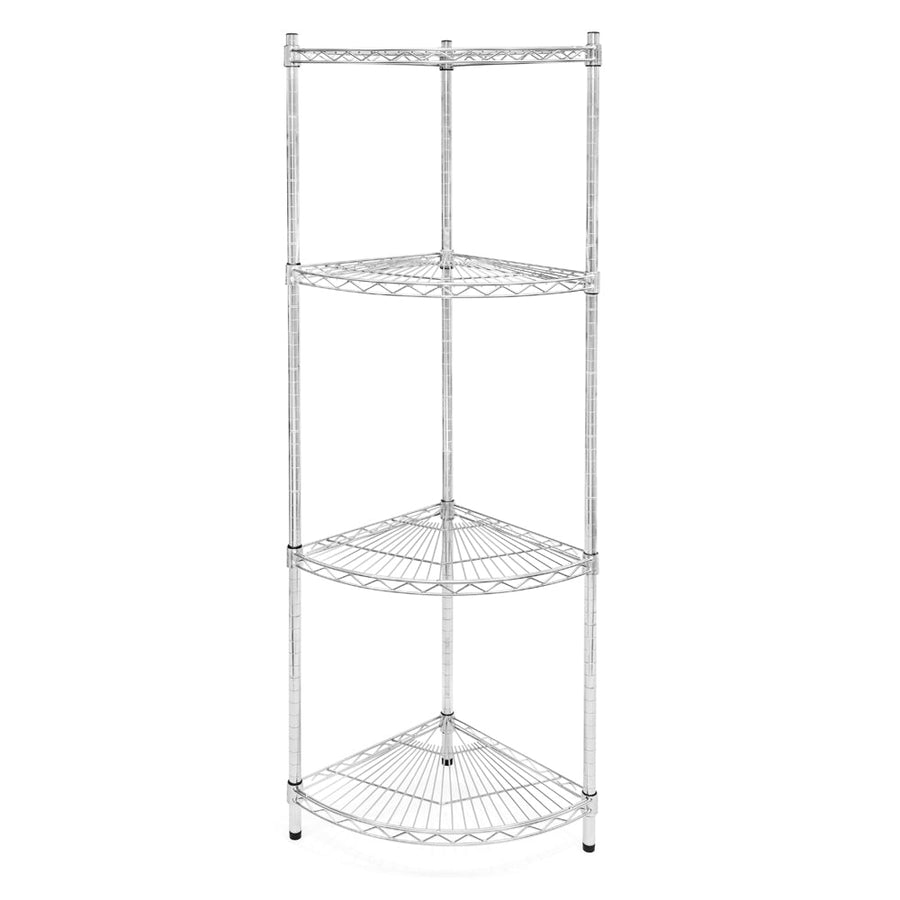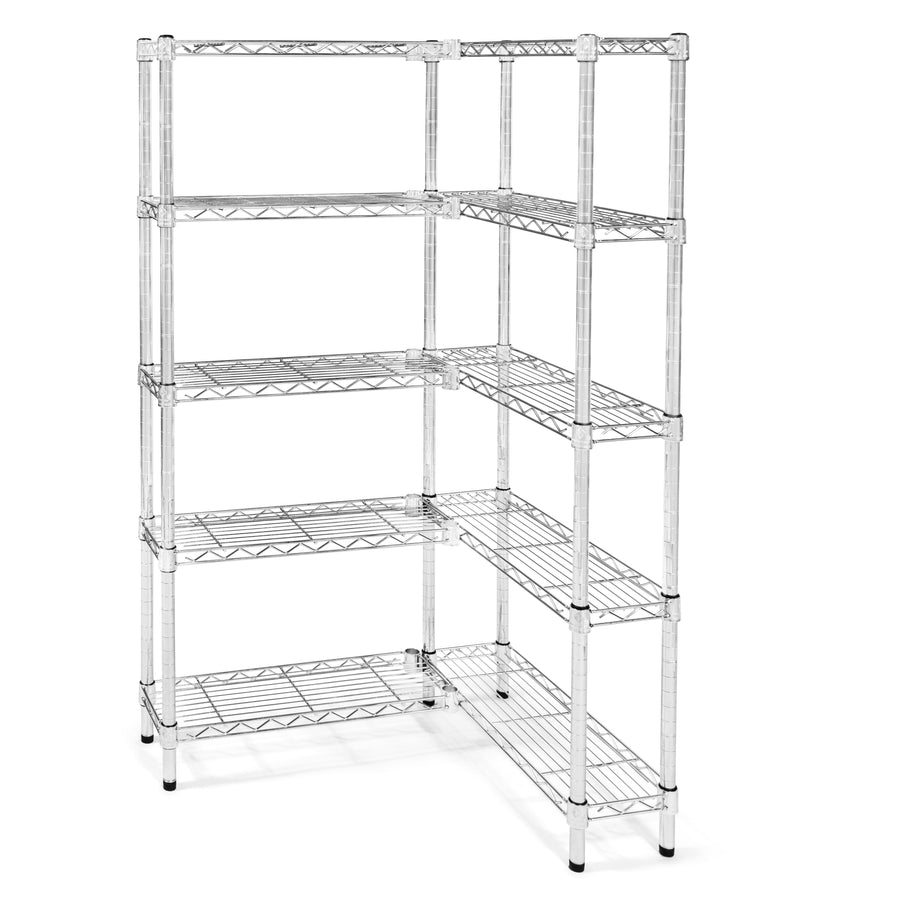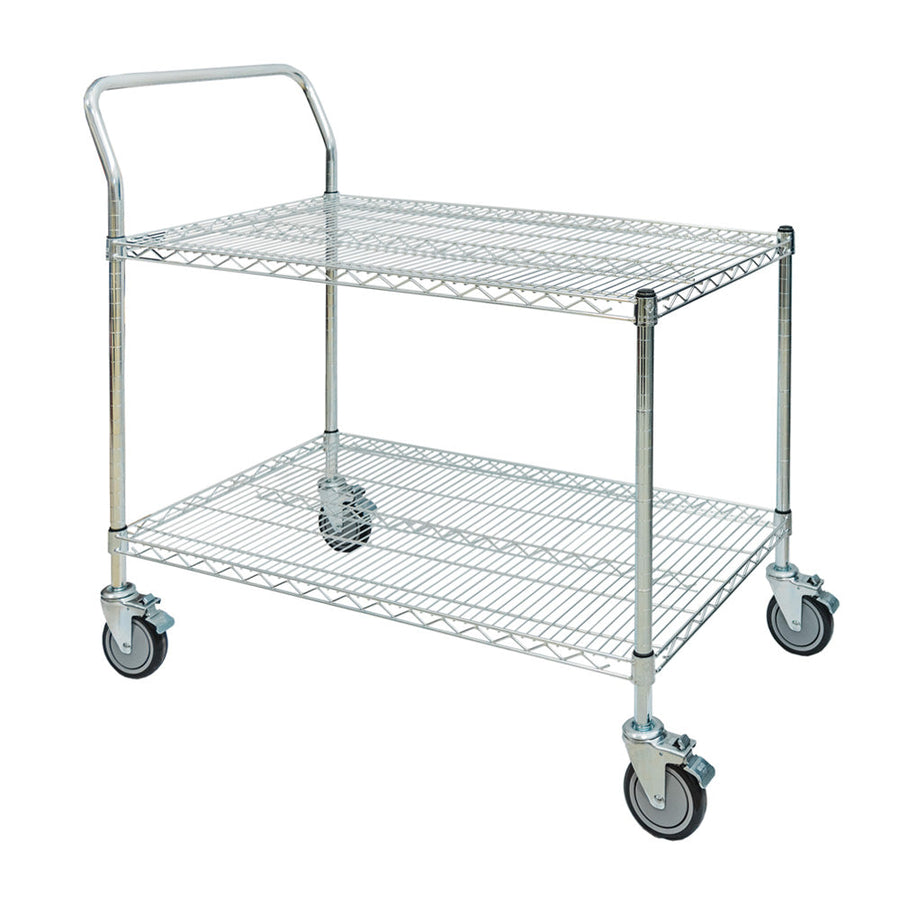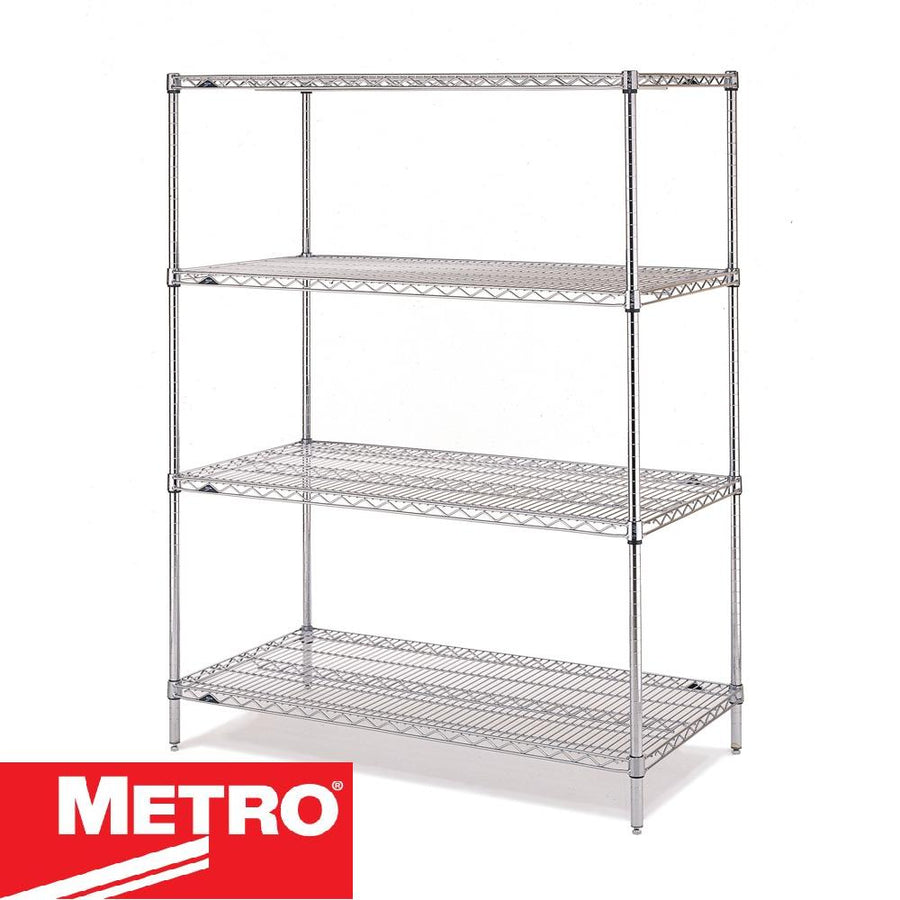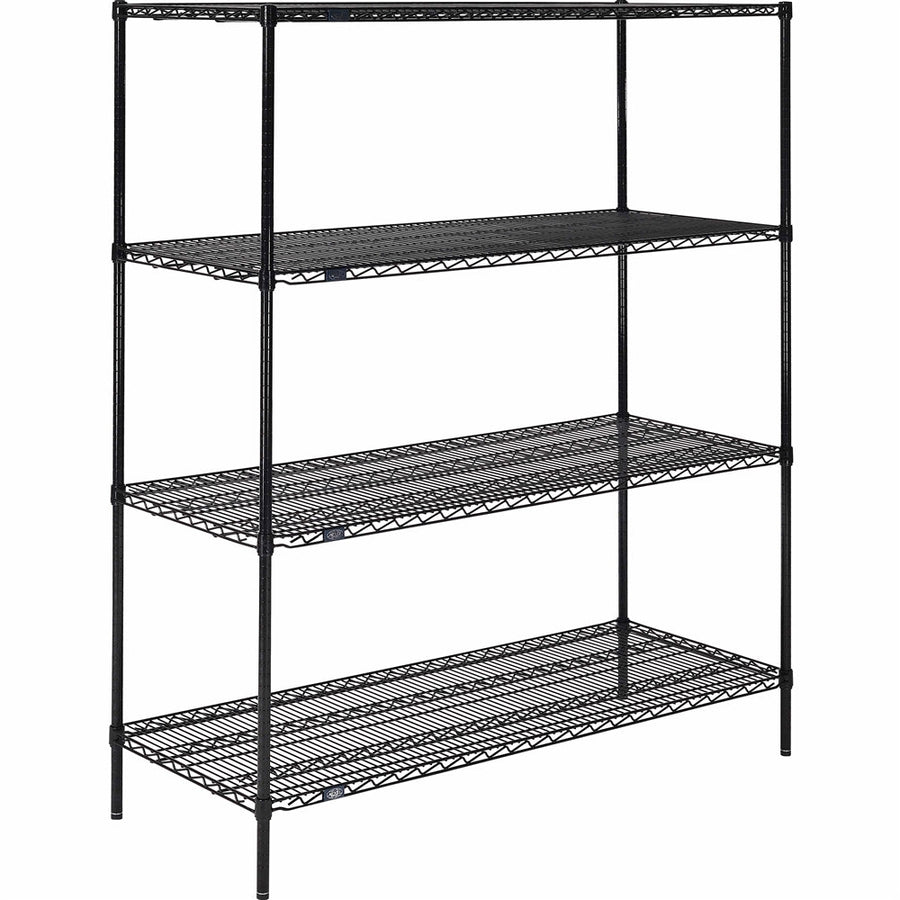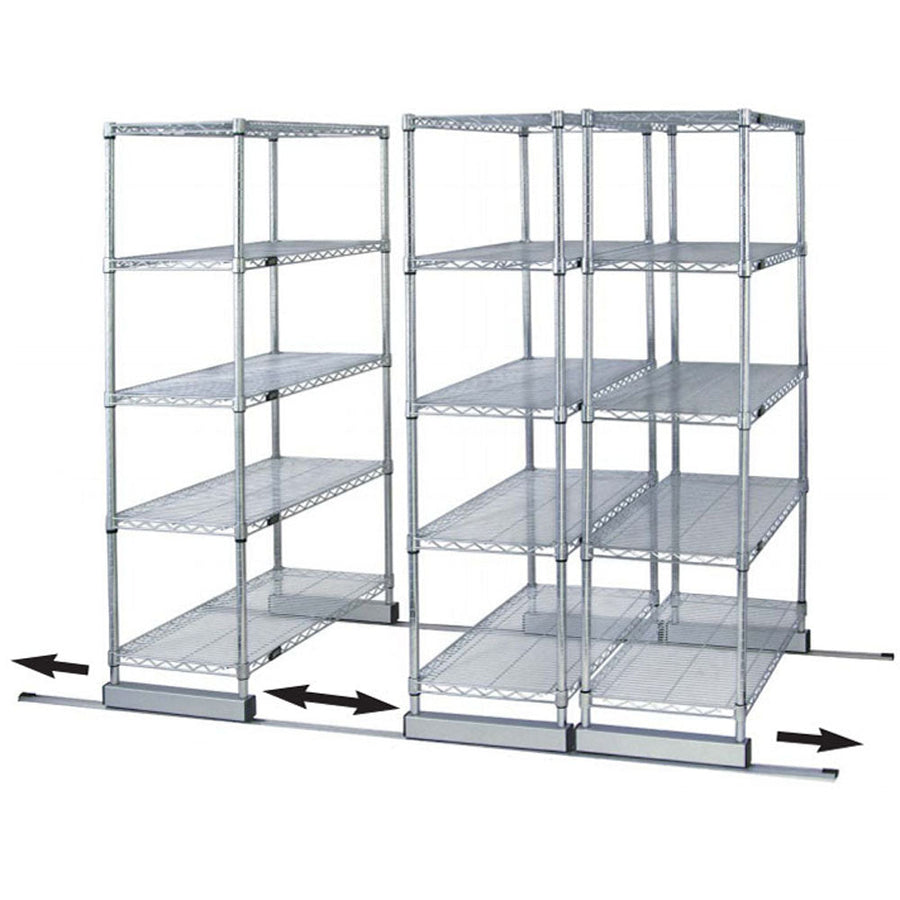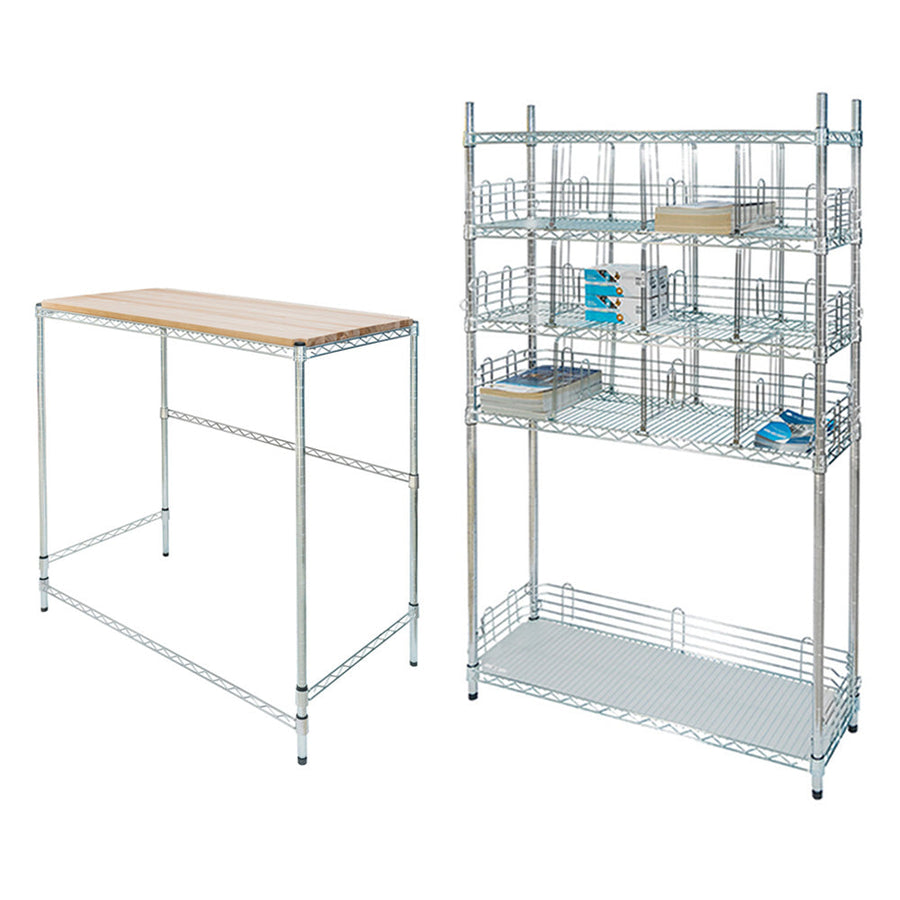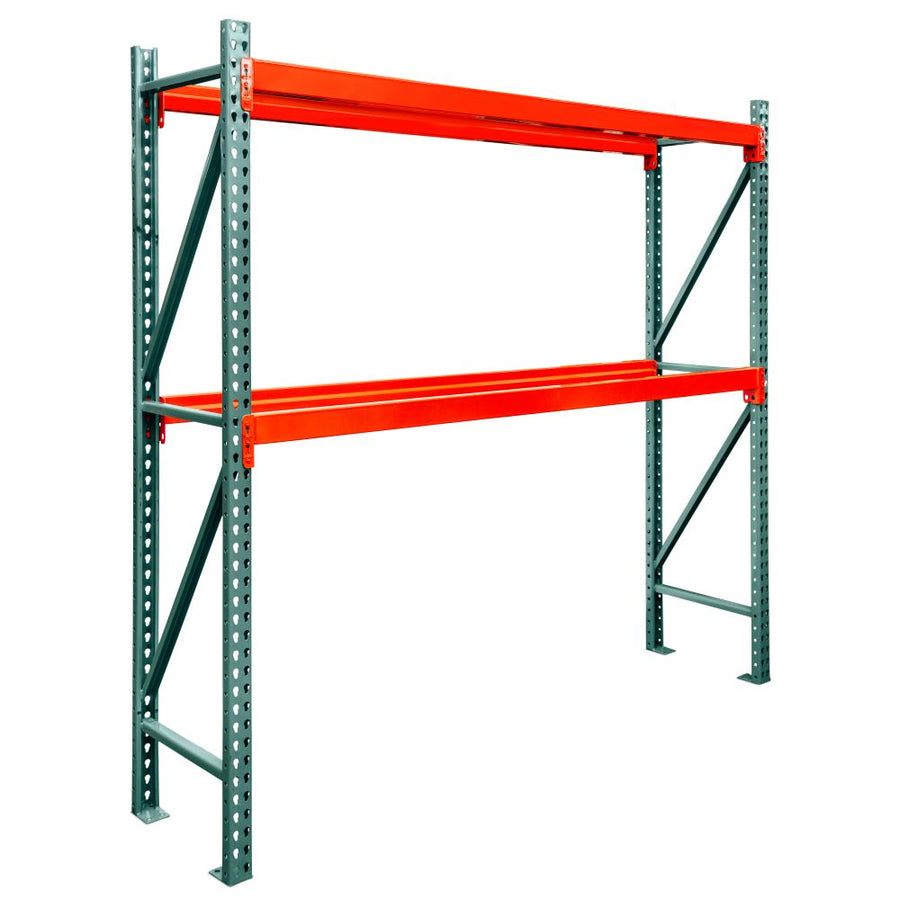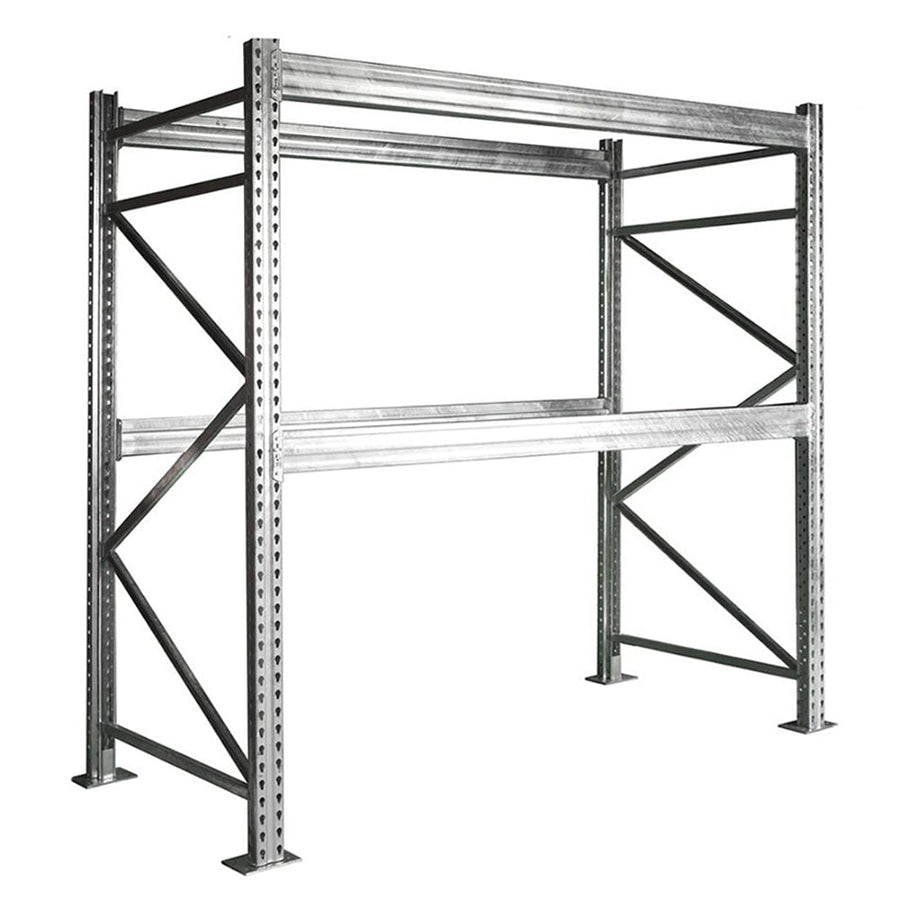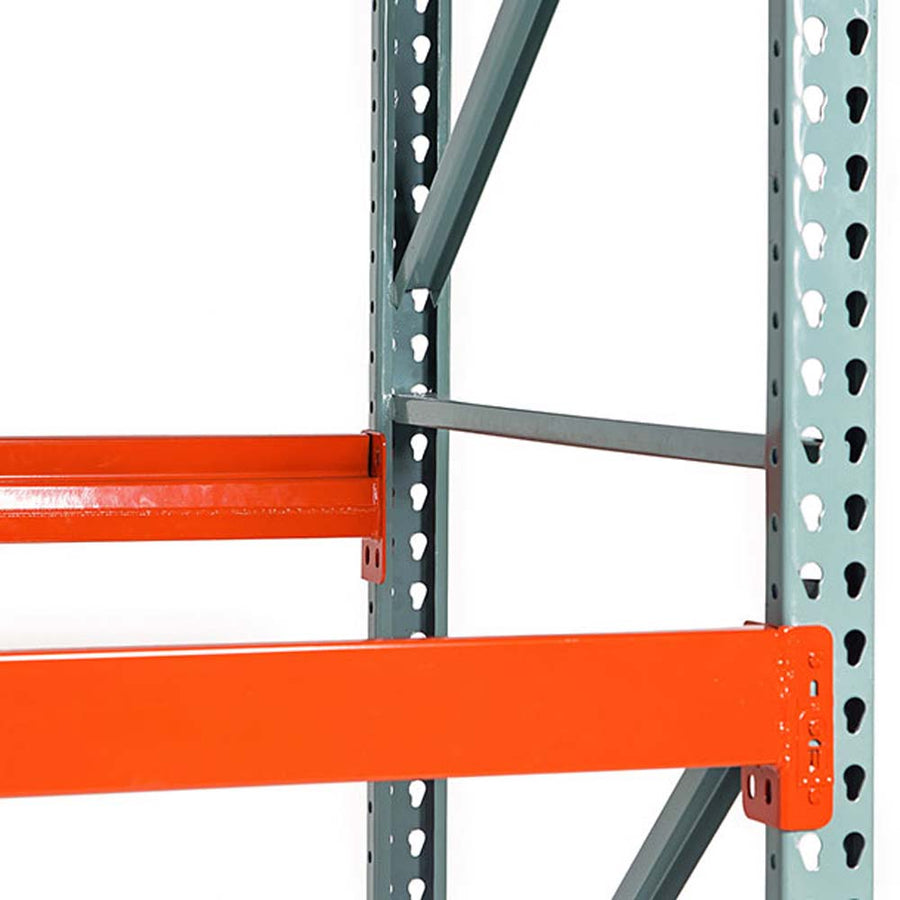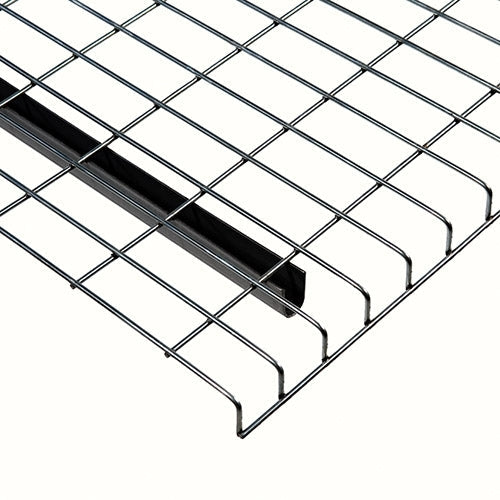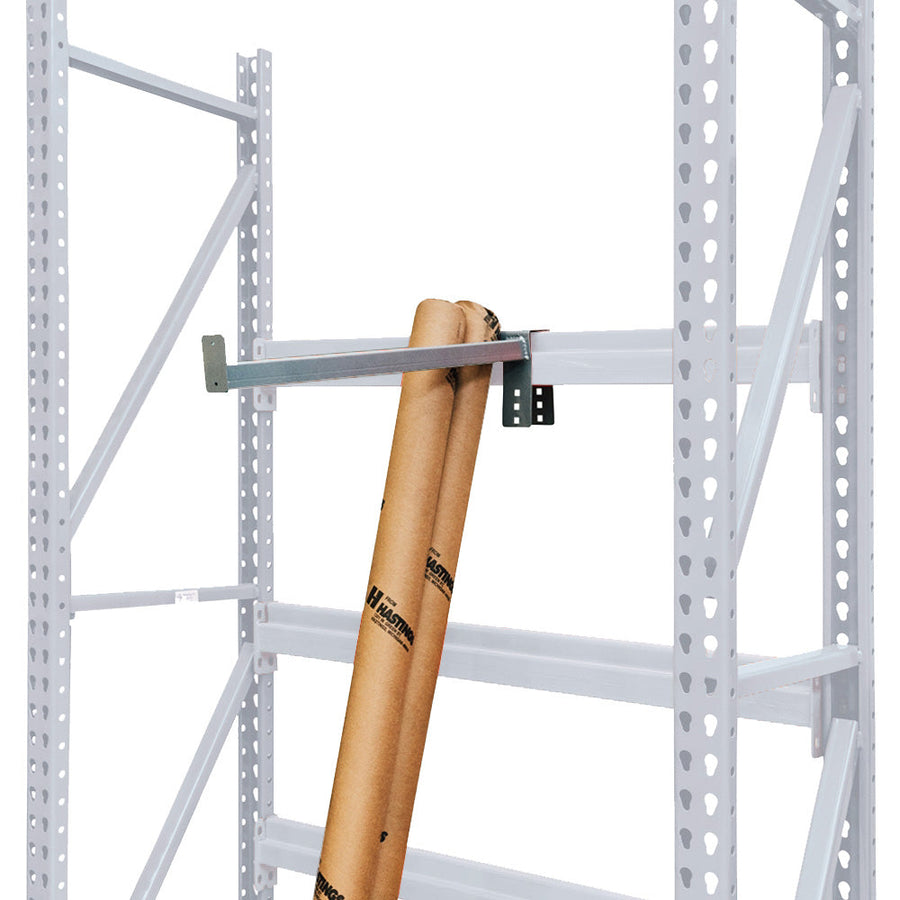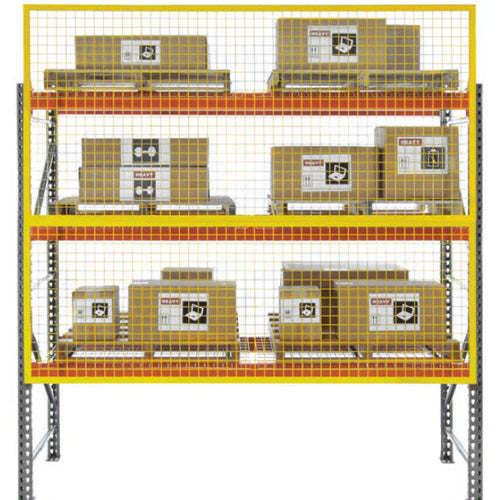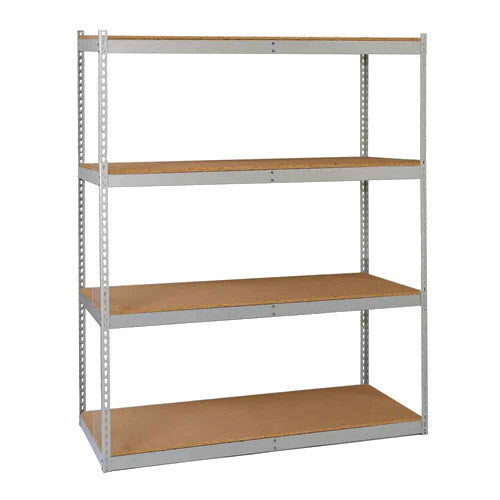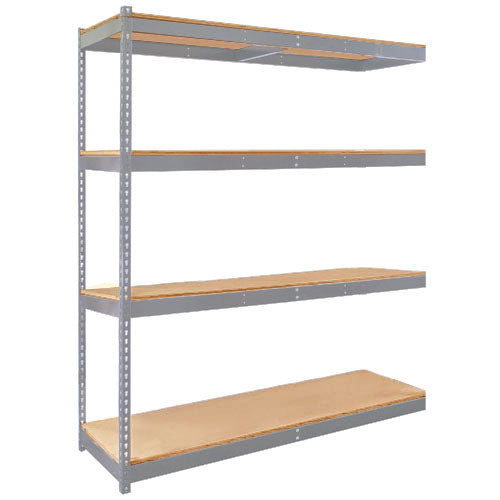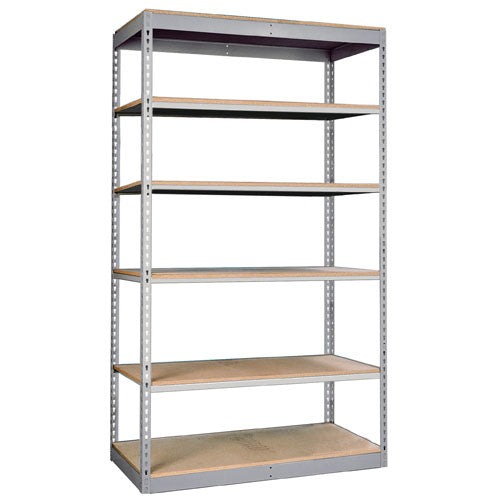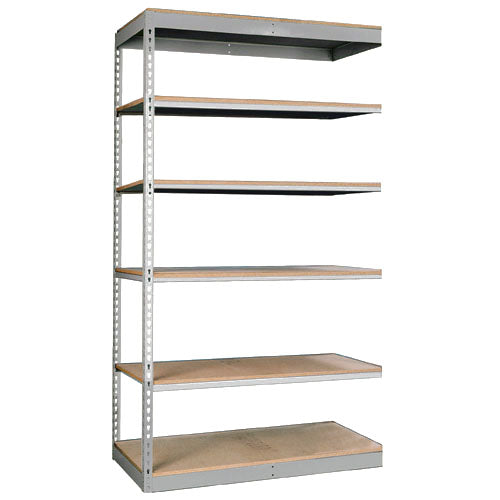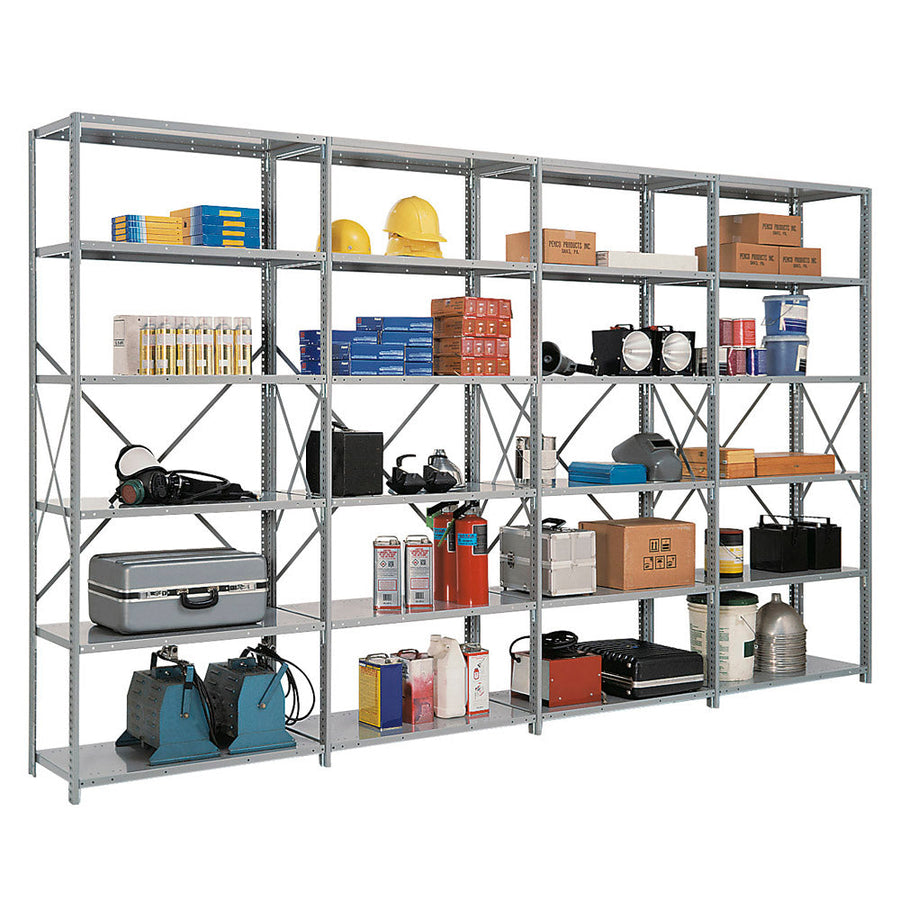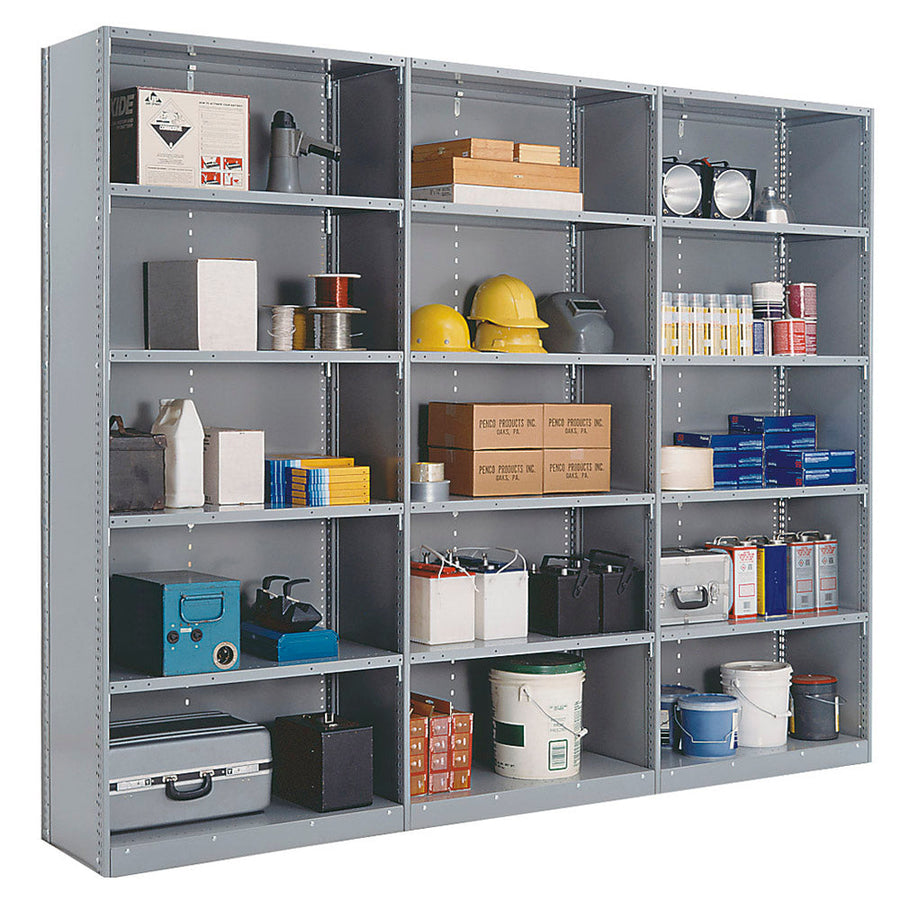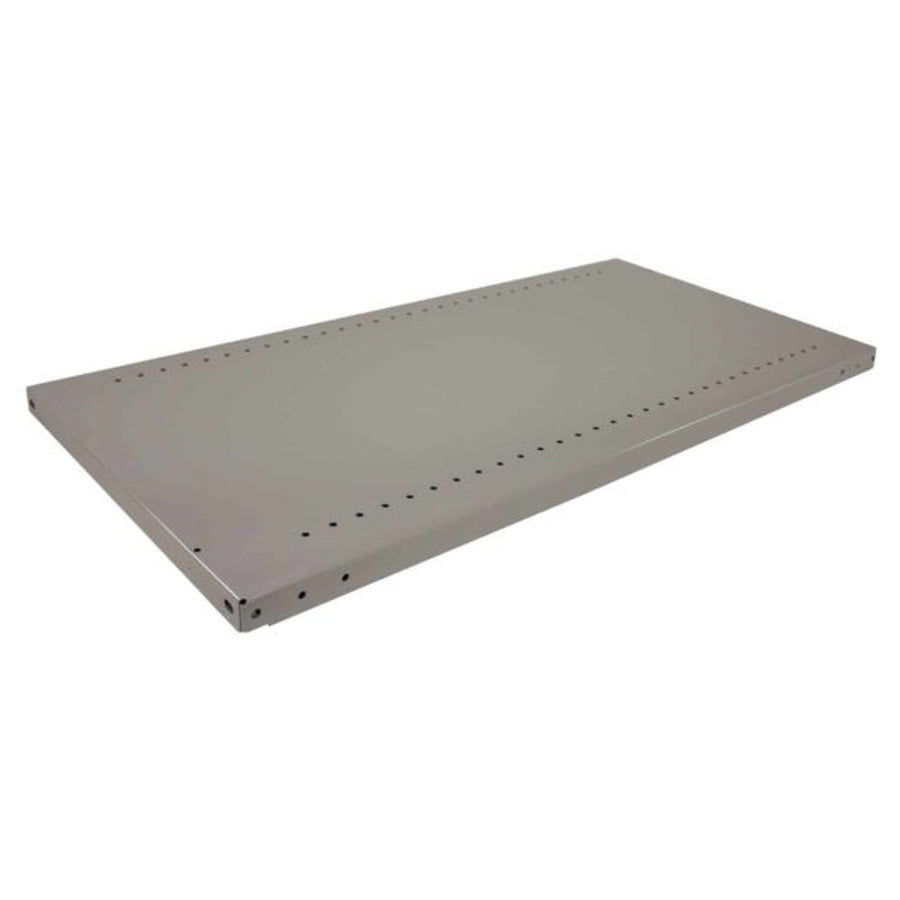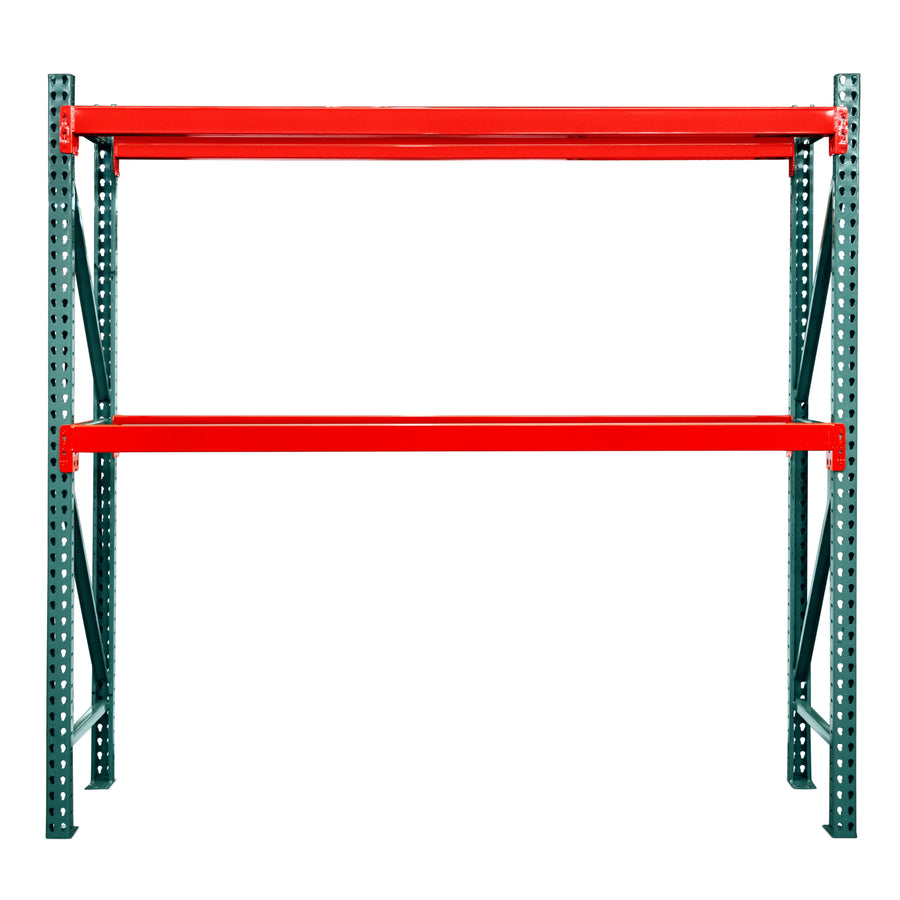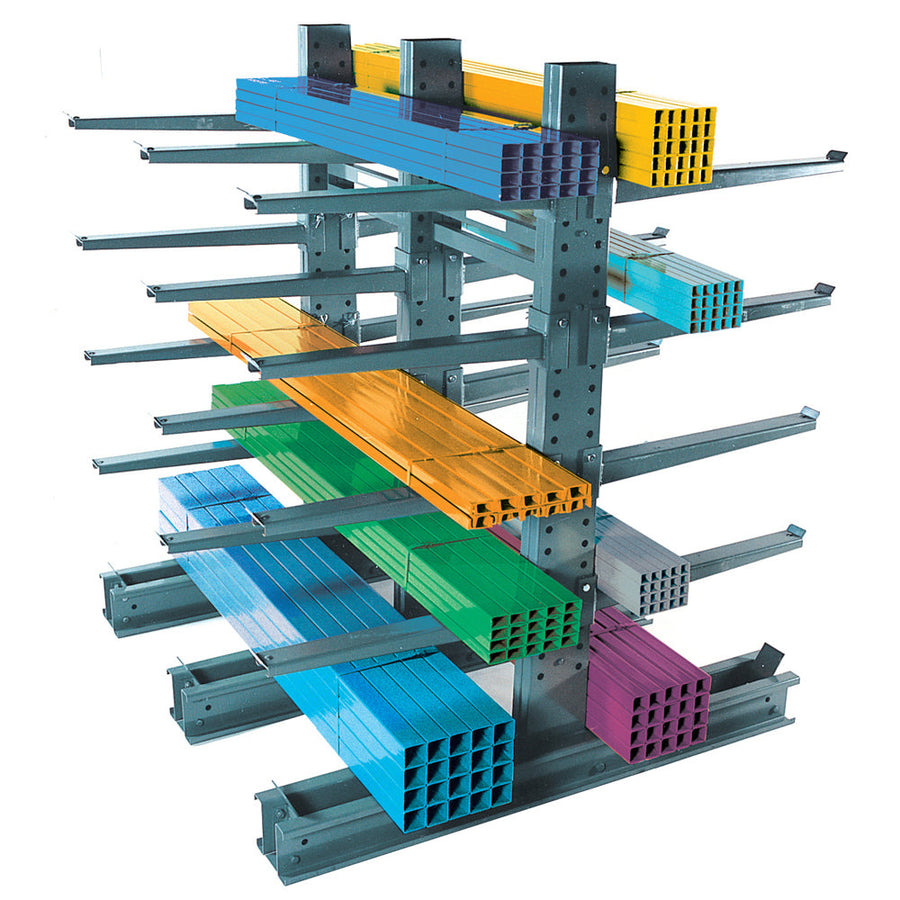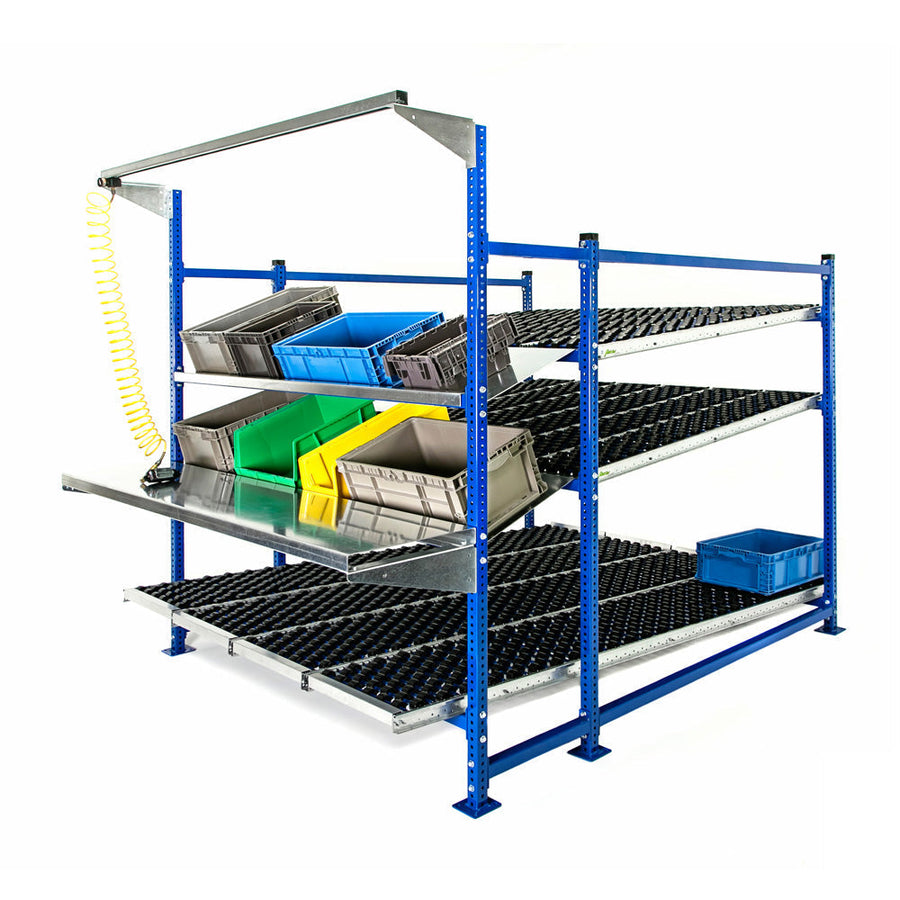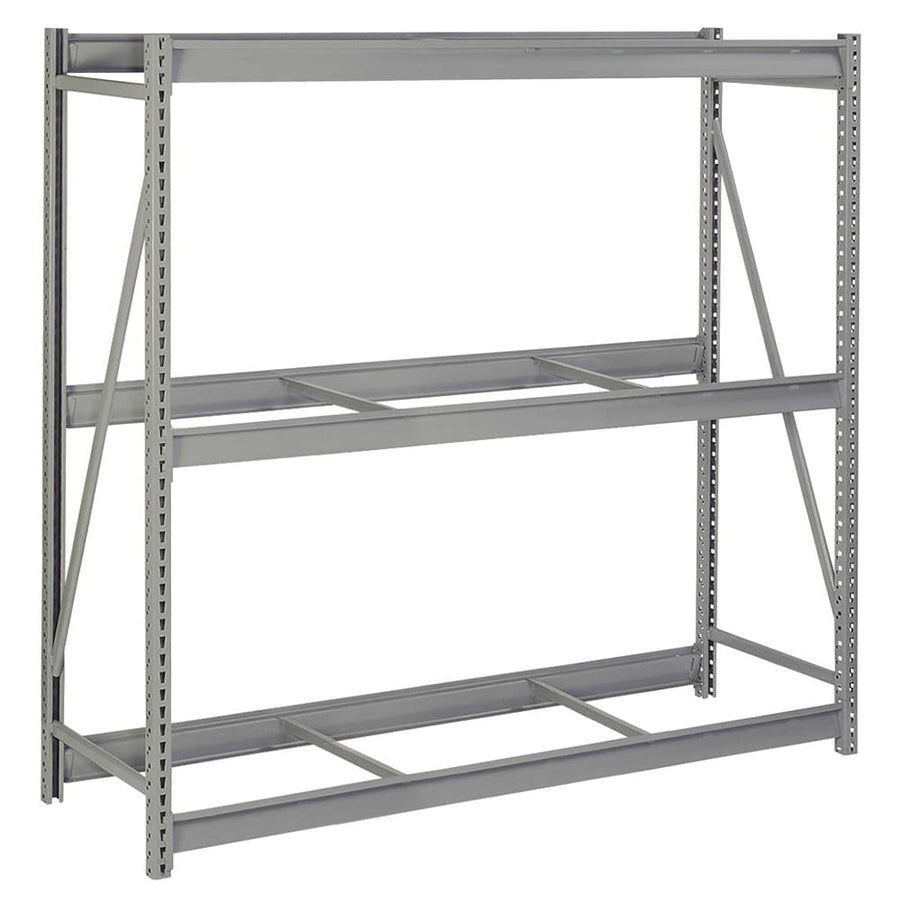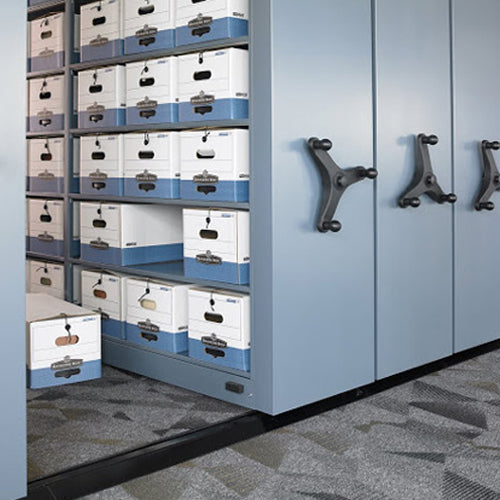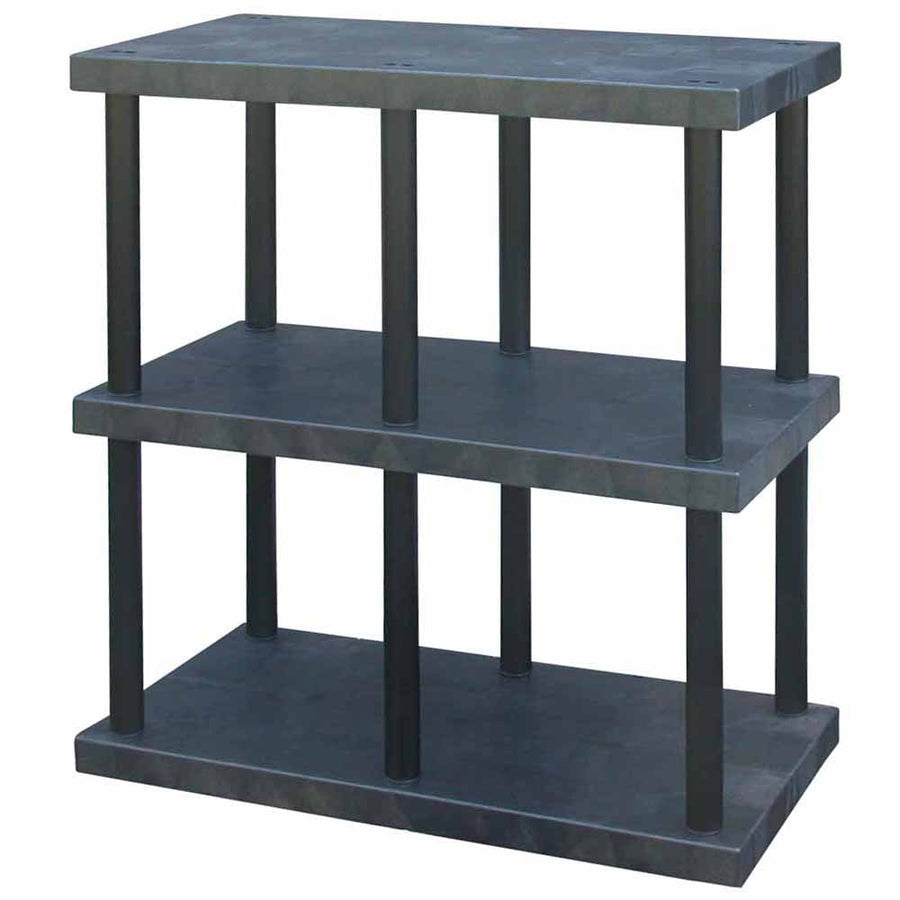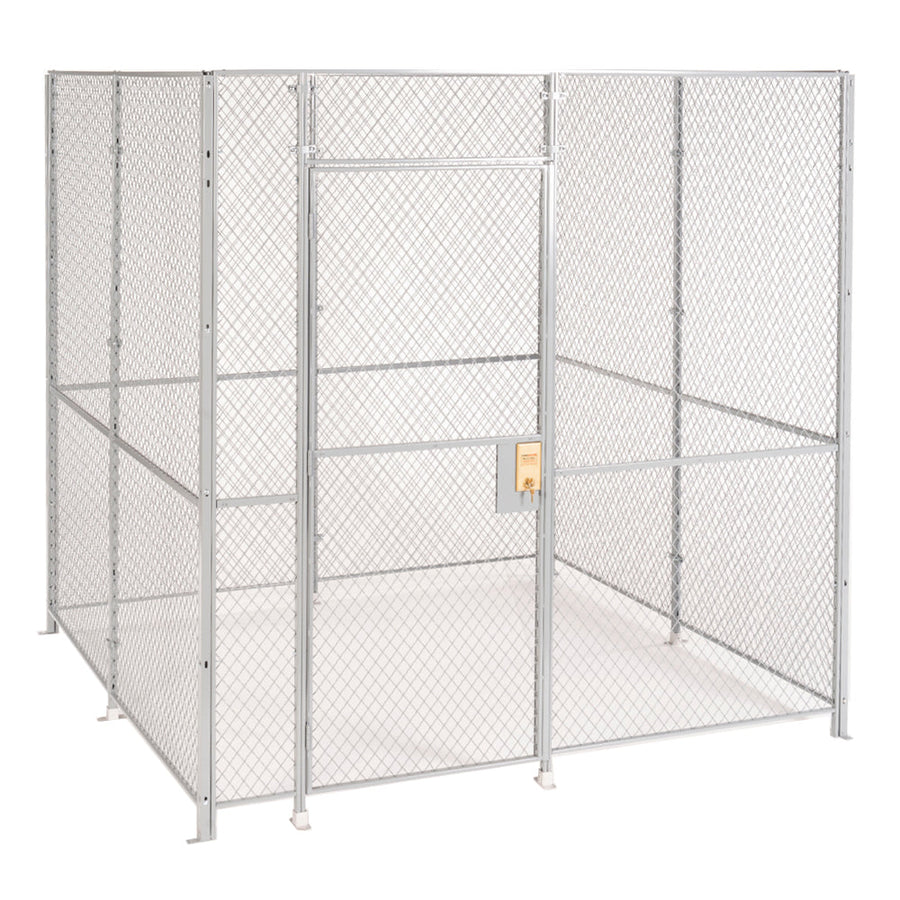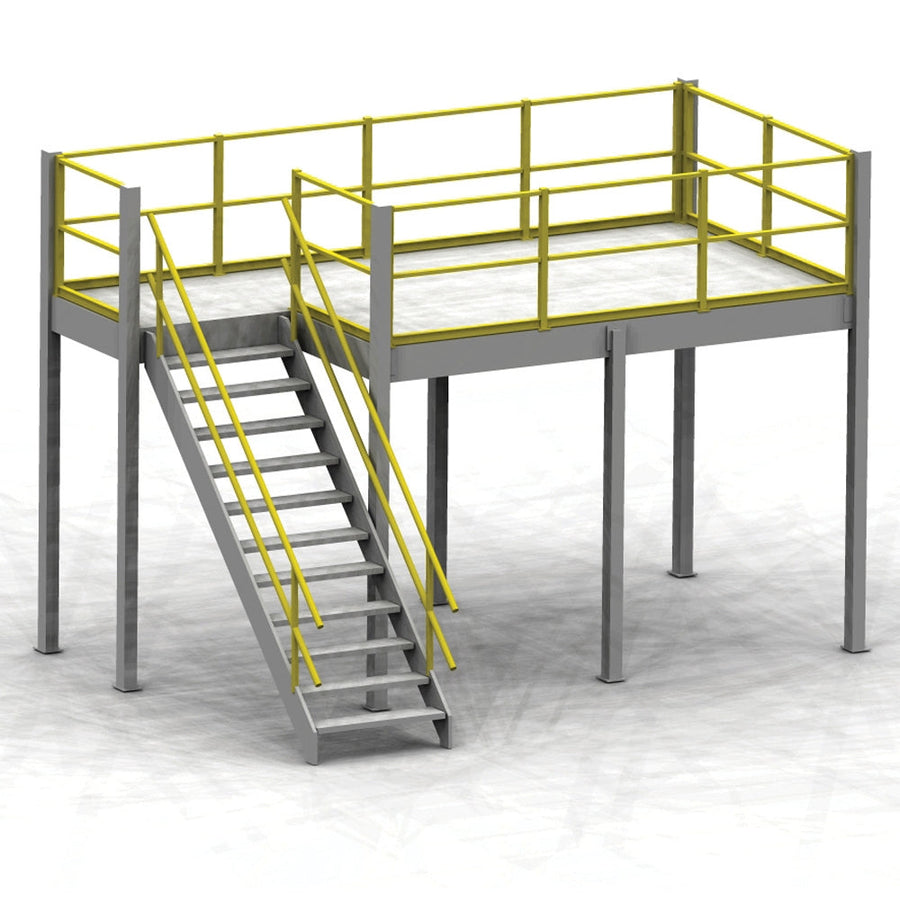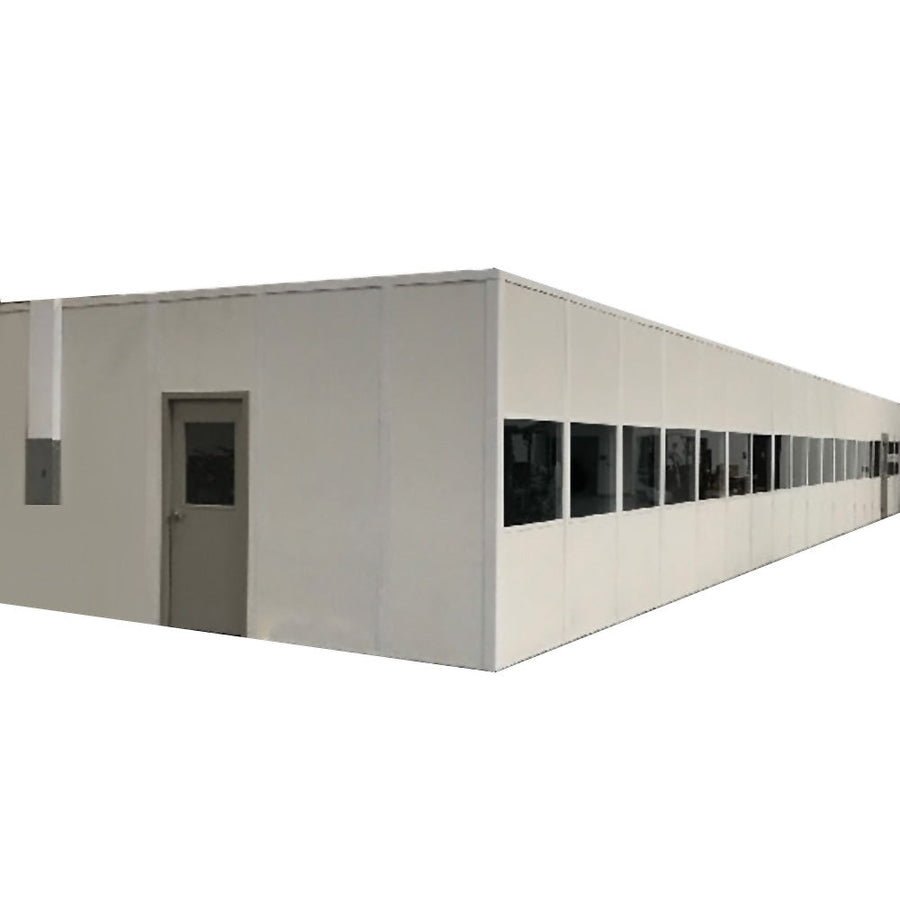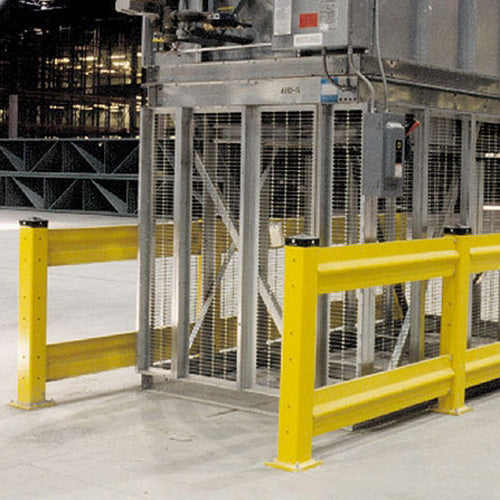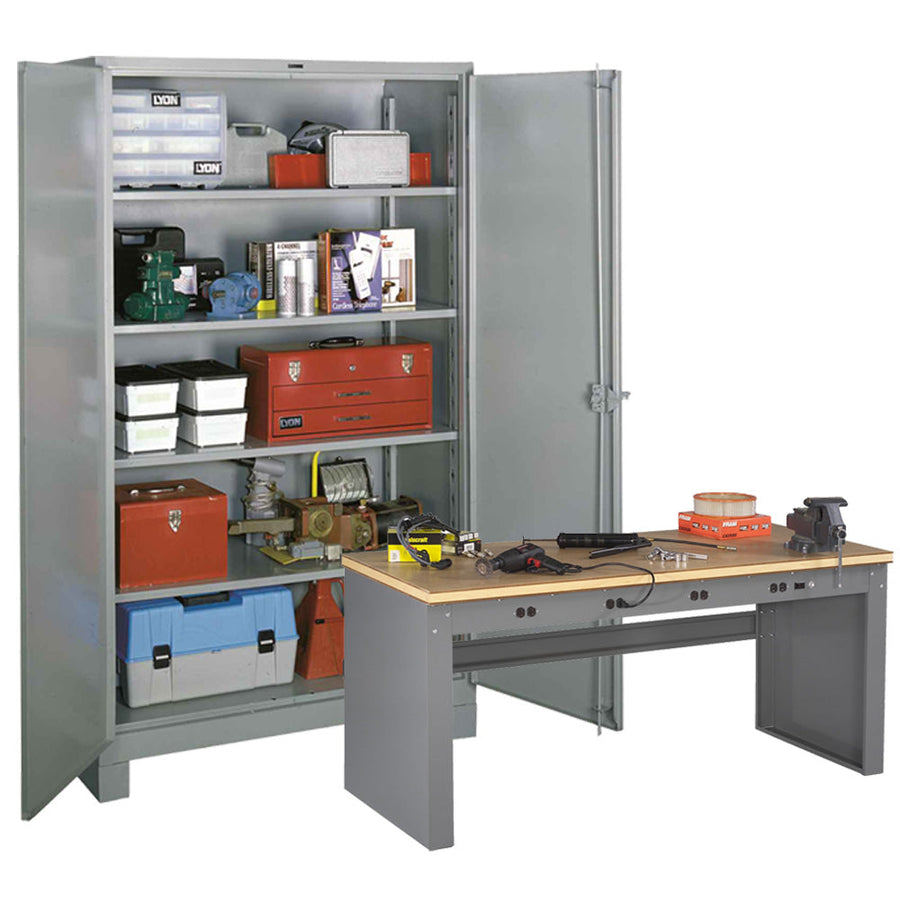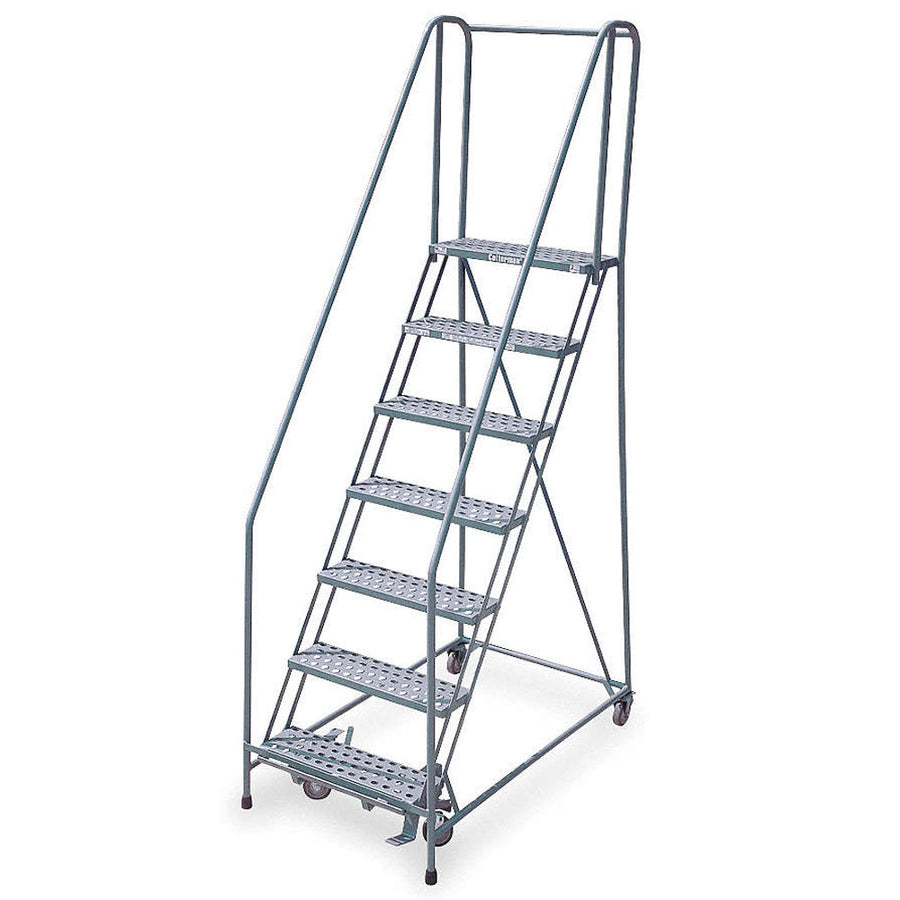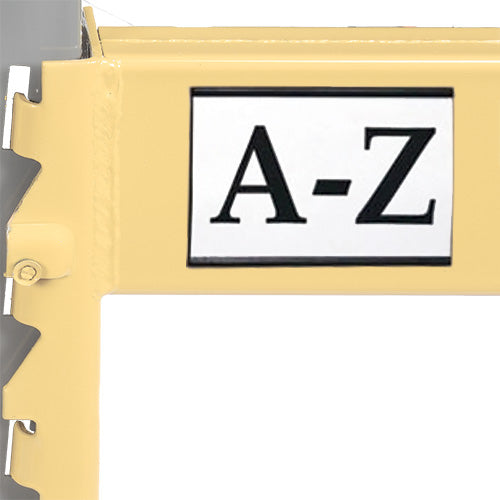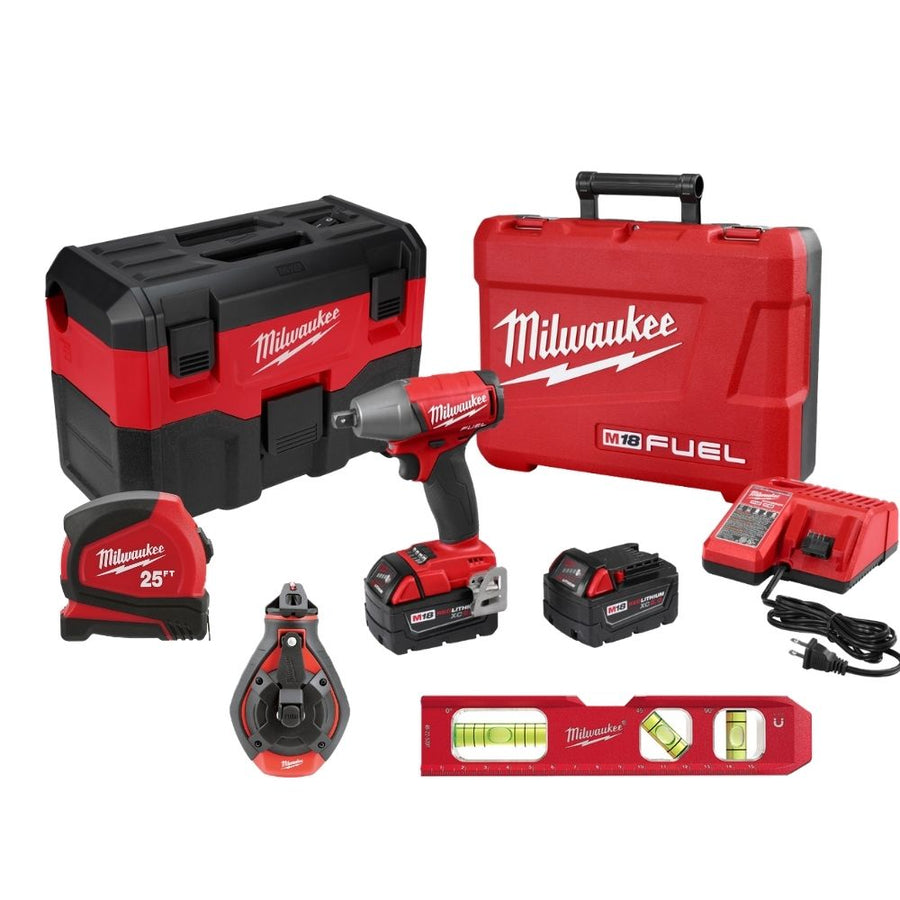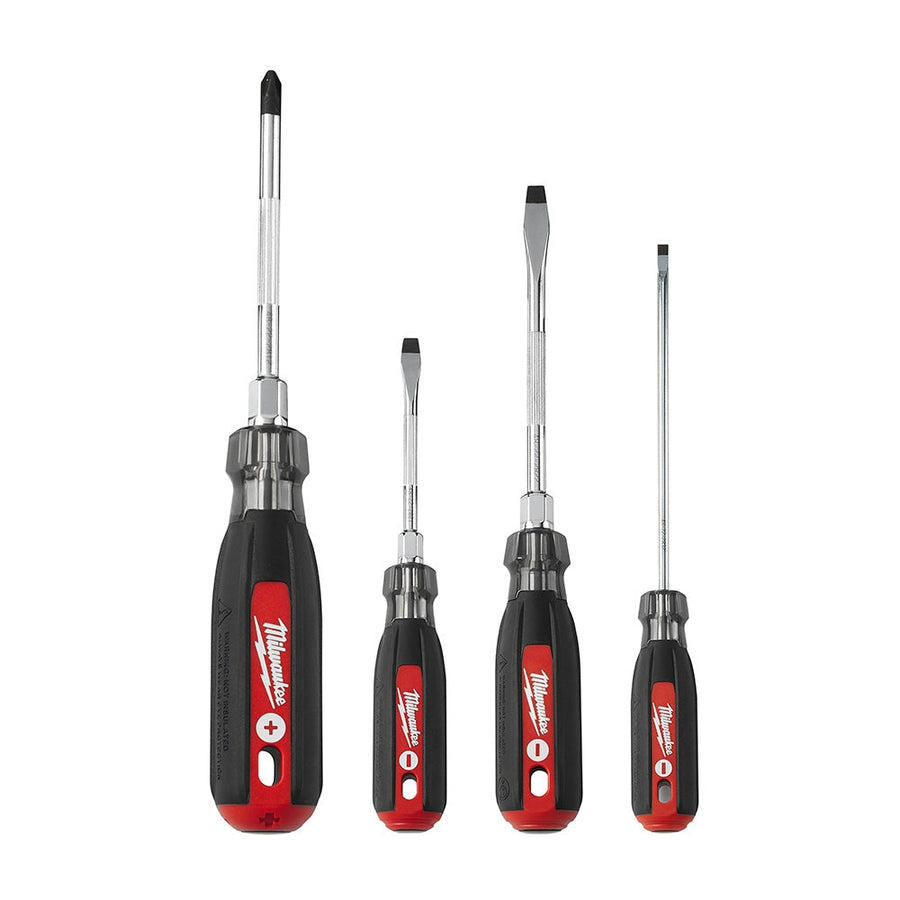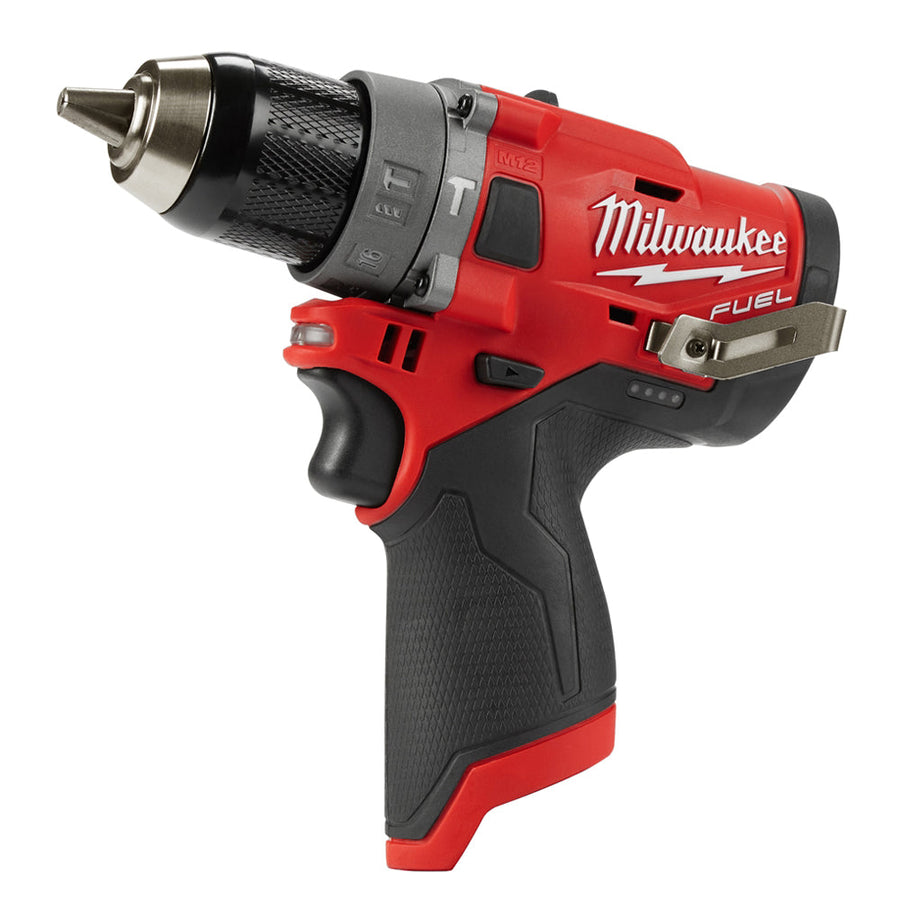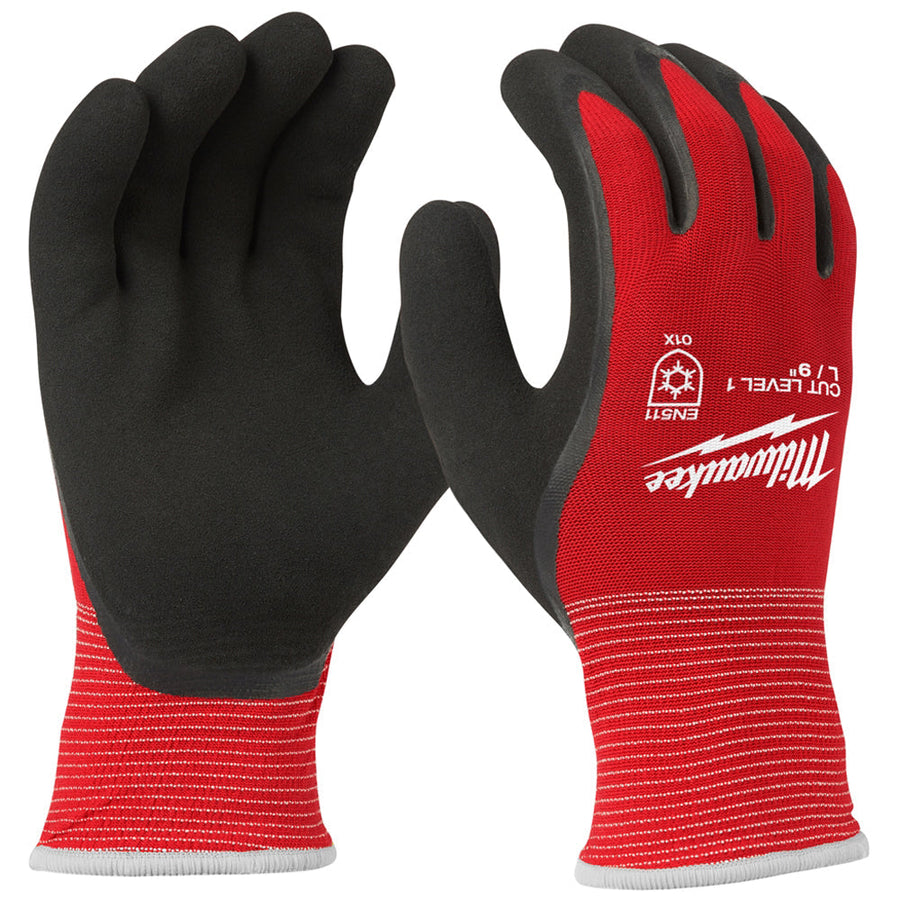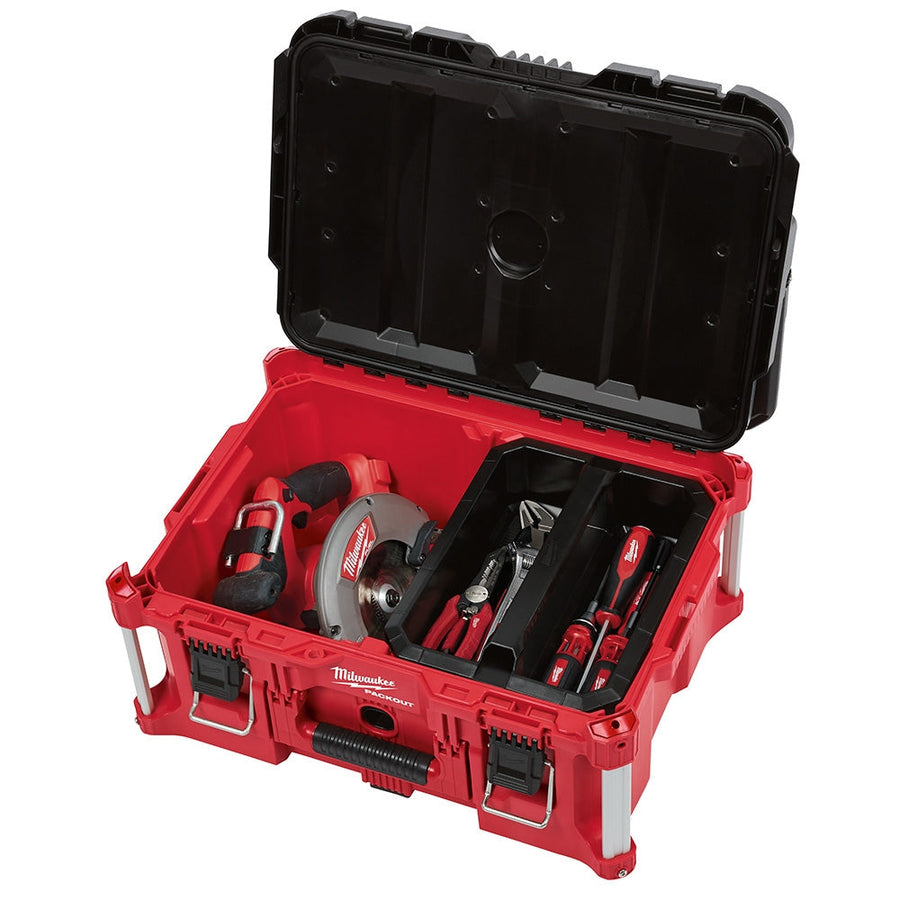Few things are more frustrating than damage or spoilage to food during its journey along the supply chain, but an ounce of prevention is always worth a pound of cure.
With all the delays, hang-ups, and conflicts that can arise in a supply chain on a good day (doubly so now, in a continuing post-COVID environment), preventing a food safety breakdown along the delivery path is just as crucial as safe onsite storage is.
This can be achieved through two means: understanding the risks your perishable goods face en route to your warehouse and understanding what you can do to keep them safe from these risks at every step of the way.
The Risks Faced By Food Along The Supply Chain
Stored at an incorrect temperature
Perhaps the most common risk experienced by food during its journey on the supply chain is being stored at an incorrect temperature.
This can take several forms: either long-term storage in a freezer, refrigerator, or storage facility set to a temperature higher or lower than recommended for the products being stored, or products being left out at room temperature (or worse!) for longer than can be considered safe.
Sadly, these are both fairly common occurrences due to the variety of different conditions and temperatures foods can be exposed to along the supply chain, but it can be prevented through vigilance. Keep in constant contact with your vendors and logistics providers to ensure that any needed refrigeration equipment is well-maintained and set at the correct temperature for the goods you’ll be transporting. Make sure to get in touch with these partners early and often to make sure they understand exactly what you need transported, and how they can get it there the most safely.
Untraceable batches or shipments
If your warehouse deals in the storage and/or distribution of perishable goods, it’s likely that your warehouse will play a role in a food product recall one day. A key component in identifying which products need to be recalled is with a traceable, transparent supply chain that can identify which batches of product need to be recalled from retail.
Your role in this begins as soon as the goods arrive from your suppliers - by making sure your batch and/or shipment information lines up with that of your vendors, you can ensure better traceability and communication in the event of a recall or an issue with any of your goods. When storing and shelving your goods, keep the batch and date information available alongside the other typical information available to stored goods (such as location), so that anyone who scans or accesses these goods can easily track the data.
Improperly-used cleaning materials
Whether in your own warehouse, or while your inventory waits at another distribution center before it begins its journey, keeping your goods safe from exposure to unsafe cleaning products can go a long way towards keeping them fresh and safe before they make their way to the consumer.
Work carefully with both your own internal teams, as well as your vendors across the process, to ensure that only approved, food-safe cleaning products are being used on any of the surfaces your goods may touch. It might sound like a pretty obvious step for a food storage warehouse to take, but constant communication is the only way to ensure your goods will arrive untainted by products they shouldn’t have come into contact with along the way.
Reduce the number of stops these goods take
At every point along the supply chain, the risk of your goods being tainted or spoiled in some way increases drastically. The only way to mitigate this risk is to make sure your goods are taking the fastest, most uninterrupted route possible from their origin to your warehouse.
Source locally as often as possible, as goods shipped from a nearby geographical location will have to take far fewer stops on their path. Once you’ve identified the vendors that can get you your goods with the fewest ‘touches’ possible, make sure there’s as little between you and them as possible.
Even if this results in you paying for more expedited shipping, it will still make a world of difference when you don’t constantly have to reject goods, or (worse yet) initiate recalls due to something that spoiled from too much time on the road.
Improper shelving leading to spoilage and/or cross contamination
Of course, your products’ journey doesn’t end when it reaches your warehouse. A shocking amount of item damage and spoilage comes from items being stored improperly at their final destination, whether by storing them on shelves that aren’t up to the task, or placing them too close to items they could potentially cross contaminate.
Make sure all freezer storage and cold storage uses specially-designed shelves such as green epoxy shelving or coated wire shelving in order to make sure that the shelves don’t become damaged or corroded due to the elements, which could affect the goods being stored on them. Additionally, make sure like items are kept with like items to avoid any potential exposure to allergens or other factors that could make the product unsellable/spoiled early on.
By keeping these risks in mind, your food products will have a safer journey across the supply chain, into the hands of the people who matter the most: the customer.


